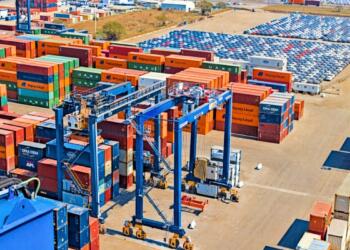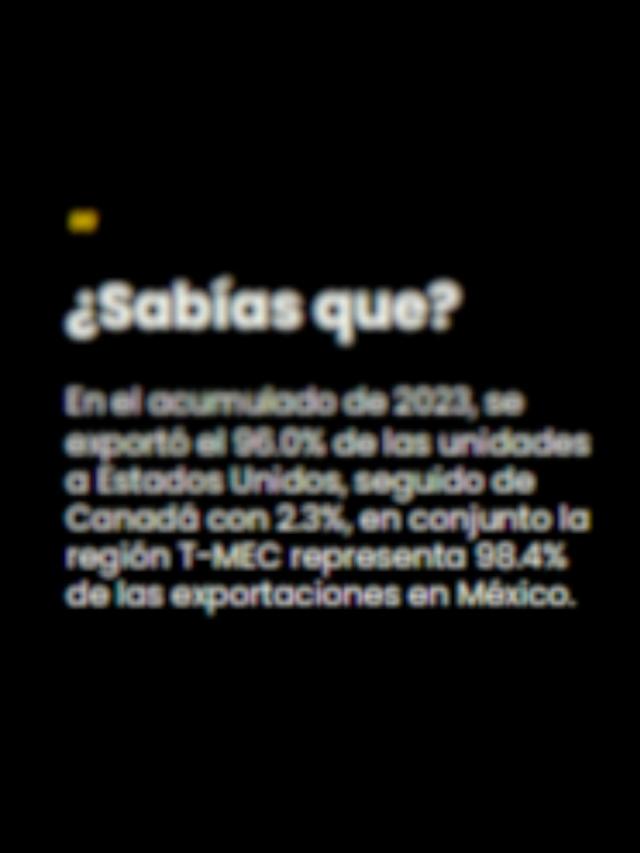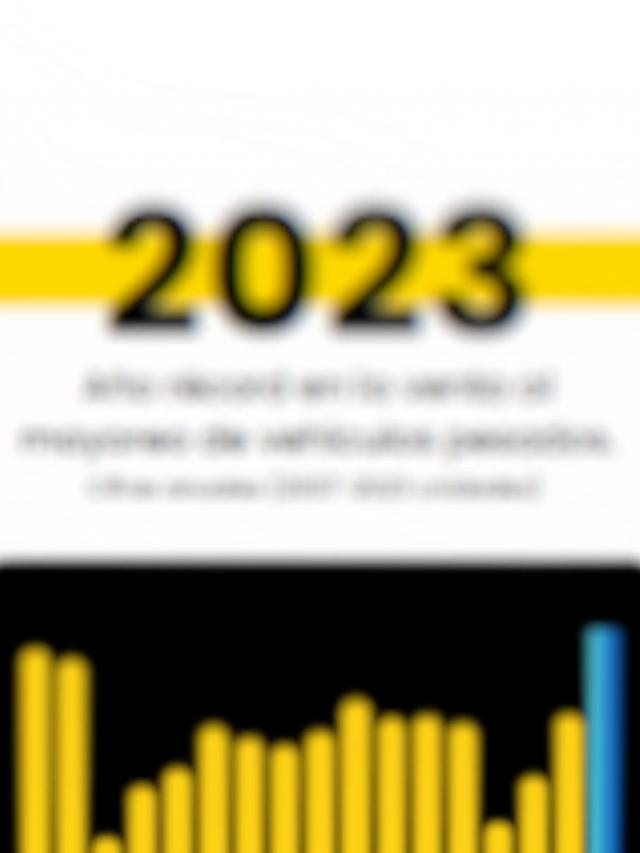
In 2024, electromobility will see significant growth in Latin America, however, infrastructure, training and energy challenges remain , while current political and economic changes may represent an opportunity for the region, according to specialists.
Eugenio Grandio, president of the Electro Mobility Association (EMA) , believes that there are opportunities to replicate best practices or regulations, in “the vision of separating supply chains due to geopolitical management, it is a great opportunity for countries not only to be a manufacturing location, but to try to add value (sic).”
Patricia Baires, Business Development Manager for Latin America at Blink Charging , a charger producer, explained that as a US firm, it will have first-hand information regarding the changes arising from the new policies. However, Latin America “will not suffer as much, because the region is in an early stage of adoption” of this technology.
For his part, Fermín Mojica, Institutional Director of the Center for the Development of Automotive Innovation and Mobility (CEDIAM) and part of TEC Mobility Solutions, said that Latin American countries are looking to get on the electromobility and sustainability agenda .
He mentioned that in Chile the adoption of electric vehicles grew by 120% in the last year, while in Colombia it has developed and in Mexico there is a program for the transition towards the use of these devices by the government.
“Countries are already looking to get on board these agendas related to the topic of electromobility, sustainability and everything that it entails,” he said.
Although the challenge of infrastructure continues, as does the training so that the human factor evolves in the face of these new technologies. In Mexico alone, 100,000 workers trained in electromobility will be required by 2030.
“The biggest challenge is to have the infrastructure, not only for the electric charging part but also for the supply, delivery and logistics, very well established. The human factor is a great area of opportunity and we only have five years to be able to train this entire human force to adapt them to an ecosystem of this type and so that they can operate it effectively,” he said.
Eugenio Grandio said that they expect continued growth this year in sales and infrastructure, since the brands that belong to this association alone have sold 83% more since they began selling electric cars.
He also mentioned that growth in infrastructure is expected, and that there is a proposal to offer a differentiated rate for users who charge their batteries in the early morning, which is the time when power is underutilized.
He said that the lack of public infrastructure is not a barrier to the growth of electromobility in the country, “as there are more cars, more companies will offer public charging systems, more shopping centers will see it as a differentiator, more places like hotels will see that it is a service that customers are asking for.”
During the EvolvX webinar on the challenges of electromobility, Patricia Baires explained that there are objectives to be met, such as developing charger technology, basic energy supply and ensuring that the source of energy is clean, among others.
He commented that it will not be sustainable in the short term for companies to assume costs to offer charging infrastructure as has been done in the last four years.
“Obviously, all those hotels, restaurants, and shopping centers, seeing their monthly energy quota increase, will no longer find it attractive to have a charger and give away energy. What we have tried to do is make this electromobility project sustainable, and the only way to do so is to have government support. We have to teach the private sector to monetize these investments and see each charger as a business system that helps at least to recover the energy that is being given,” he said.
Comment and follow us on X: @evandeltoro / @GrupoT21















